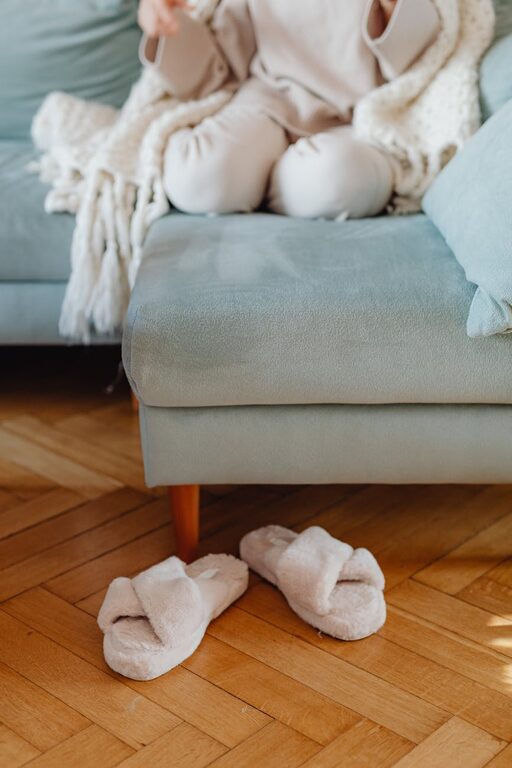Creating a calm and peaceful environment in your home is essential for relaxation and well-being. One of the most effective ways to achieve this atmosphere is through the use of calming colors. But with so many options, how do you choose the right colors that promote tranquility and balance?
In this post, we’ll explore practical tips for selecting calm colors for your home, from understanding color psychology to matching hues with your space and personal style.
Why Choose Calm Colors?
Calm colors help reduce stress, promote relaxation, and make your living spaces more inviting. These colors often include soft blues, gentle greens, muted neutrals, and pastel shades. Using calming colors can especially enhance bedrooms, living rooms, and areas designed for rest or mindfulness.
Understanding the Psychology of Calm Colors
Before picking colors, it’s helpful to understand how different hues affect mood:
– Blues: Often associated with serenity and stability, blue tones can reduce anxiety and foster relaxation.
– Greens: Linked to nature and renewal, greens provide a refreshing and restful feel.
– Neutrals: Soft whites, beiges, and grays create a stable, unobtrusive backdrop that promotes calm.
– Lavenders and Pastels: These gentle shades have a soothing quality that helps reduce tension.
Tips for Choosing Calm Colors for Your Home
1. Start with a Neutral Base
Using a neutral color as the foundation of your space can create a calming effect and allow you to introduce other hues without overwhelming the senses. Whites, creams, and soft grays are versatile options that brighten rooms and serve as a peaceful backdrop.
2. Consider the Room’s Function
Think about what activities take place in each room. For example:
– Bedrooms: Opt for soft blues, light greens, or lavender to encourage restful sleep.
– Living Rooms: Warm neutrals or muted teal can create a welcoming yet relaxed environment.
– Bathrooms: Light greens and soft aqua can evoke a clean, spa-like feeling.
3. Look at Natural Light
Lighting affects how colors appear:
– Rooms with lots of natural light: You can choose slightly deeper or cooler tones without the space feeling dark.
– Rooms with limited natural light: Stick to lighter shades to prevent the room from feeling gloomy.
Always test paint samples on your walls and observe them at different times of the day.
4. Use Color Accents Wisely
Introduce calm colors through accessories like throw pillows, rugs, or artwork if you don’t want to commit to painting walls. This approach lets you experiment without permanent changes.
5. Embrace Matte and Soft Finishes
Glossier paints reflect light, which can sometimes feel harsh. Matte or eggshell finishes tend to create a softer, more soothing appearance, making colors appear more muted and calming.
6. Balance Warm and Cool Tones
While cool tones such as blues and greens are calming, mixing in warm neutrals like beige or soft taupe can prevent the room from feeling cold or uninviting.
7. Create a Cohesive Palette
Choose a color palette that flows smoothly from one room to another to maintain a sense of calm throughout your home. Use varying shades of the same color or complementary tones for harmony.
Common Calm Color Choices and How to Use Them
Soft Blue
Blue is known for its tranquil qualities. Soft blues work beautifully in bedrooms and bathrooms. Pair with white trim and natural wood accents for a fresh, airy feel.
Sage Green
Sage green has a subtle earthy undertone, perfect for living rooms or kitchens. It works well with cream and warm wood tones, bringing nature indoors.
Warm Neutrals
Beige, taupe, and warm grays create a cozy but peaceful atmosphere. These colors serve as excellent backdrops for colorful or textured décor.
Pastel Lavender
Lavender offers gentle warmth and relaxation. It can make a bedroom or meditation space feel calming without overwhelming.
Practical Steps for Choosing Your Calm Colors
Test Paint Samples
Purchase small paint samples and apply them on different walls. Observe how the colors change with lighting and alongside your furniture.
Consider Color Psychology and Personal Preference
While color psychology offers guidelines, personal comfort matters most. Choose colors that make you feel calm and happy in your space.
Plan Your Color Scheme
Use online palettes or apps that let you mix and match colors virtually to preview your choices before painting.
Final Thoughts
Choosing calm colors for your home is a wonderful way to create a restful and inviting environment. By understanding color psychology, assessing your space, and testing your options, you can select the perfect hues that bring peace and balance to your living areas.
Remember, the goal is to make your home a sanctuary where you feel relaxed and comfortable every day. Happy decorating!

